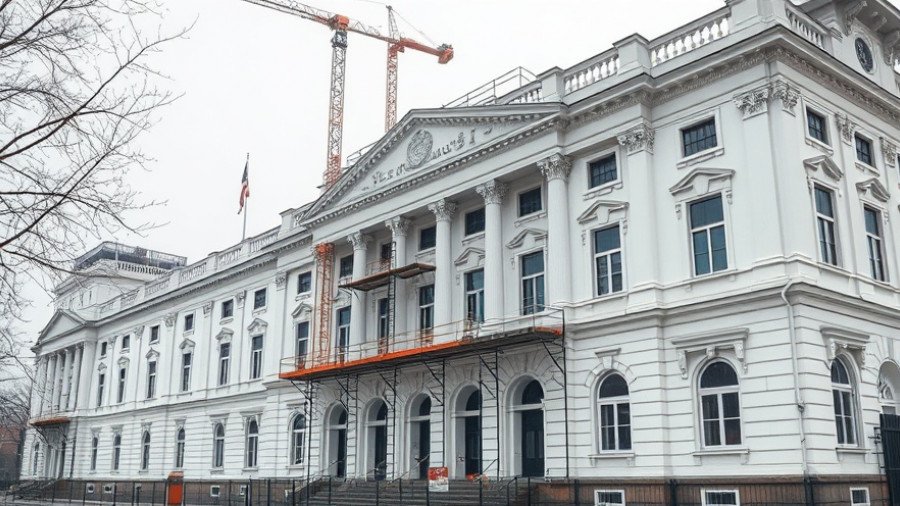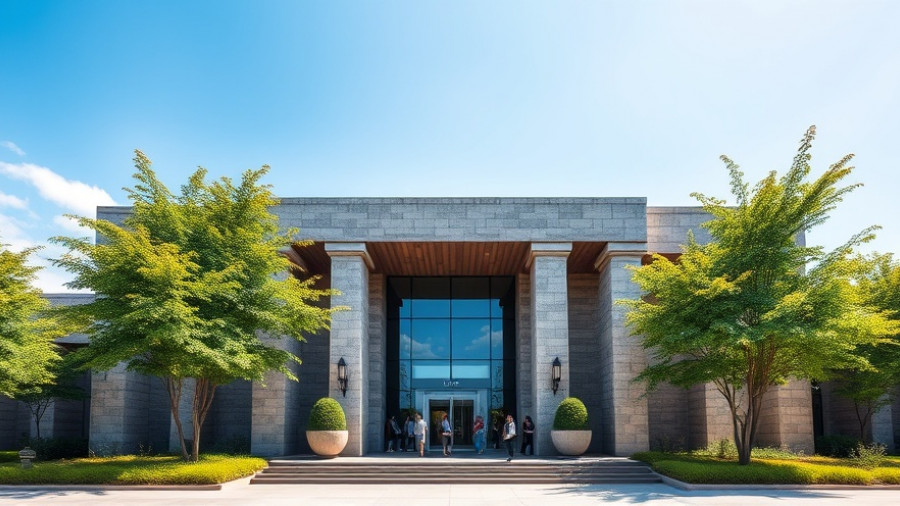
Navigating the Current Landscape of Construction: Challenges and Opportunities
The October data on construction markets paints a complex picture amid ongoing federal disruptions. As the government shutdown continues, contractors face a vacuum in crucial federal reports that traditionally guide investment and planning decisions. With the absence of these insights, how are industry players adjusting and what does this mean for future construction efforts?
Federal Uncertainty and Its Impact on Planning
The current federal shutdown, now into its second month, has rendered federal data on construction spending, job figures, and materials costs unavailable. Builders are navigating this uncertainty with a mixed bag of optimism and caution. As the Dodge Momentum Index suggests, despite this lack, the overall construction indicators remain stable with healthcare and data centers driving a significant portion of activity. Contractors report steady backlogs and an uptick in planning, particularly within these sectors.
Financial Leverage: A Silver Lining in Interest Rate Cuts
On a positive note, the Federal Reserve's decision to lower its benchmark rate by 25 basis points on October 29 serves as a potential springboard for revitalizing the construction landscape. This move could encourage sidelined developers to re-enter the market, most notably in sectors currently buoyed by strong demand such as data centers and healthcare. According to Dodge Construction Network’s data, this may lead to enhanced construction spending by early 2027, a prospect that many are keenly eyeing.
Current Market Dynamics: The Role of Nonresidential and Infrastructure Projects
Although public sector projects may deter due to funding concerns, private investment is revitalizing the construction field. Nonresidential construction starts showed an impressive increase of 14% in October, highlighting robust activity driven by institutional projects. For instance, remarkable projects such as the $2.2 billion Henry Ford hospital tower and large-scale infrastructure efforts demonstrate a shift in focus towards durable and necessary development. Meanwhile, nearly 20% of contractors are reporting active work in data centers, reflecting a strong sector against overall market uncertainty.
Labor Challenges: The Persistent Shortage
While there are signs of a recovering construction market, labor shortages remain a critical hurdle. Reports indicate that about 50% of contractors rank labor availability as their top issue, directly impacting project timelines and delivery capabilities. As inflation pressures from previous months still loom—especially regarding material costs, which surged by 7-9%—the challenge will be how best to balance financial feasibility with timely project execution.
Strategic Responses: How to Thrive in a Volatile Market
For property developers and construction businesses, understanding these volatile dynamics is essential for making informed strategic decisions. Exploring partnerships within the data centre and healthcare domains could lead to finding success in otherwise tumultuous times. Moreover, maintaining flexible labor models and options can help mitigate risks associated with ongoing shortages.
Furthermore, employing technology to streamline processes can enhance productivity and offset potential cost increases. It is imperative for executives to invest in advanced construction management techniques that enable them to stay ahead of competitors and effectively respond to changing market conditions.
Conclusion: Long-Term Outlook Amid Short-Term Challenges
As the construction industry grapples with these ongoing structural challenges and uncertainties, it remains crucial for stakeholders to keep a pulse on evolving market conditions. With strategic pivots in focus areas such as infrastructure and technology integration, the construction sector may well be poised for resilience and growth in the coming years, despite the short-term fiscal and operational hurdles that lie ahead. Ensuring awareness and adaptability will be key in shaping a robust recovery and capitalizing on emerging opportunities.
For those navigating the complexity of the construction market, staying informed about economic indicators and trends is paramount. Explore further insights and strategies that align with your construction goals.
 Add Row
Add Row  Add
Add 




Write A Comment